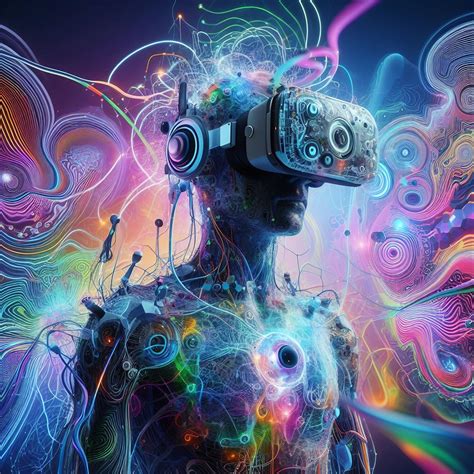The emergence of artificial intelligence (AI) technology has revolutionized many aspects of our daily lives. From automating mundane tasks to providing deep insights based on vast amounts of data, AI has been lauded as the future of technological advancement. However, as Tim Cook recently pointed out, AI ‘hallucinations’—the generation of incorrect or misleading information—remain a challenge that even leading tech giants like Apple are not entirely sure they can solve. This inherent flaw has sparked a rich debate about the limitations and expectations surrounding AI, raising important questions about its future applications and reliability.
AI ‘hallucinations’—or what some experts prefer to call fabrications or confabulations—are endemic to the technology’s current framework. These are instances where an AI system generates information that is false or misleading, without any intent or awareness. The term ‘hallucination’ might be misleading to some, as it evokes images of intentional deception, but in reality, it stems from how these models are trained. Large Language Models (LLMs) like GPT-4 generate responses based on patterns in the data they were trained on. They don’t ‘know’ anything in the human sense but generate what seems probabilistically appropriate based on previous inputs. This mechanism can and does often lead to errors.
One of the key reasons why AI hallucinations are problematic is the trust we place in technology. When people use AI-powered tools, they often do so with the expectation of high accuracy and reliability. If an AI suggests adding glue to pizza cheese—a bizarre example but illustrative—or provides incorrect medical information, the consequences can be harmful. The argument here is not that AI needs to reach zero errors, an unrealistic standard even for human experts, but it must be reliable enough to be practical for high-stakes applications. Addressing these issues requires setting realistic expectations among users, a topic well-highlighted by Jedberg’s comment on fixing expectations rather than targeting AI perfection.
The real concern with AI hallucinations is arguably their frequency and the contexts in which they emerge. For example, as seen in domains like aviation, achieving five or six nines (99.999% or 99.9999%) of reliability in technology is imperative because errors can be catastrophic. Although one might argue that humans themselves make frequent errors, the way these are perceived and managed differs vastly. Human errors in high-stakes environments have numerous checks and balances. Similarly, modern AI systems need meticulous oversight to mitigate such risks. The role of human intervention cannot be overstated, as highlighted by comments on the potential for human curation to significantly reduce AI errors.
A reoccurring theme in discussions about AI hallucinations is the anthropomorphization of AI systems. People tend to attribute human-like intentionality or deceit to these models, which is both misleading and unproductive. AI ‘intelligence’ differs fundamentally from human intelligence. As Wumbo aptly pointed out, small hallucinations are common even in mentally healthy humans, implying that the concept of hallucination should be understood in the context of inherent characteristics rather than misused as a derogatory term.
Moreover, while some argue for multiple models synthesizing answers to mitigate errors, as Jwagenet suggested, this opens another can of worms. Segal’s law warns us that multiple sources can create dichotomies, further complicating the issue. The solution might not lie in having multiple AIs outputting varying answers but perhaps in better-designed feedback and verification systems. These systems could emulate human decision-making processes where multiple checks and validations create a robust framework for arriving at the most logical and accurate conclusions.
Another critical discussion revolves around the content and quality of the data these AIs are trained on. Tim Cook’s acknowledgment that even curated human-written data contains mistakes is crucial. The infamous Gell-Mann Amnesia effect, as one commenter referenced, points out that realizing the inaccuracies in areas one understands well makes it harder to trust AI on other topics. This could potentially undermine the credibility and utility of these AI tools. The takeaway here is that while current AI systems can indeed be accurate to an impressive degree, they are not infallible. As AI continues to evolve, improving transparency and ensuring that these systems can reference and compare reliable data sources will become increasingly important.
Ultimately, the conversation needs to shift from just lamenting AI’s current shortcomings to focusing on how we can better integrate human oversight with AI capabilities. As Darth_Avocado pointed out, successful AI systems should allow easy and effective human intervention, creating a collaborative environment between human intelligence and machine efficiency. Tim Cook’s candid admission reflects a broader industry reality: AI, while powerful, is not and may never be perfect. However, by recalibrating expectations, enhancing system design, and integrating robust human oversight, we can harness AI’s potential while mitigating its drawbacks. This balanced approach will likely be the cornerstone of future advancements in AI technology.


Leave a Reply